Domestically, garlic is stored warm [above 18 °C (64 °F)] and dry to keep it dormant (to inhibit sprouting). It is traditionally hung; softneck varieties are often braided in strands called plaits or grappes. Peeled cloves may be stored in wine or vinegar in the refrigerator. Commercially, garlic is stored at 0 °C (32 °F), in a dry, low-humidity environment. Garlic will keep longer if the tops remain attached.
Garlic is often kept in oil to produce flavored oil; however, the practice requires measures to be taken to prevent the garlic from spoiling which may include rancidity and growth of Clostridium botulinum. Acidification with a mild solution of vinegar minimizes bacterial growth. Refrigeration does not assure the safety of garlic kept in oil, requiring use within one month to avoid bacterial spoilage. Garlic is also dried at low temperatures, to preserve the enzymatic activity and sold and kept as garlic granules, and can be rehydrated to reactivate it.
Stored garlic can be affected by Penicillium decay known as “blue mold” (or “green mold” in some locales), especially in high humidity. Infection may first appear as soft or water-soaked spots, followed by white patches (of mycelium) which turn blue or green with sporulation. As sporulation and germination are delayed at low temperature, and at −4 deg. C are inhibited entirely, in refrigerated cloves one may only see the white mycelium during early stages. Penicillium hirsutum and Penicillium allii are two of the predominant species identified in blue mold.
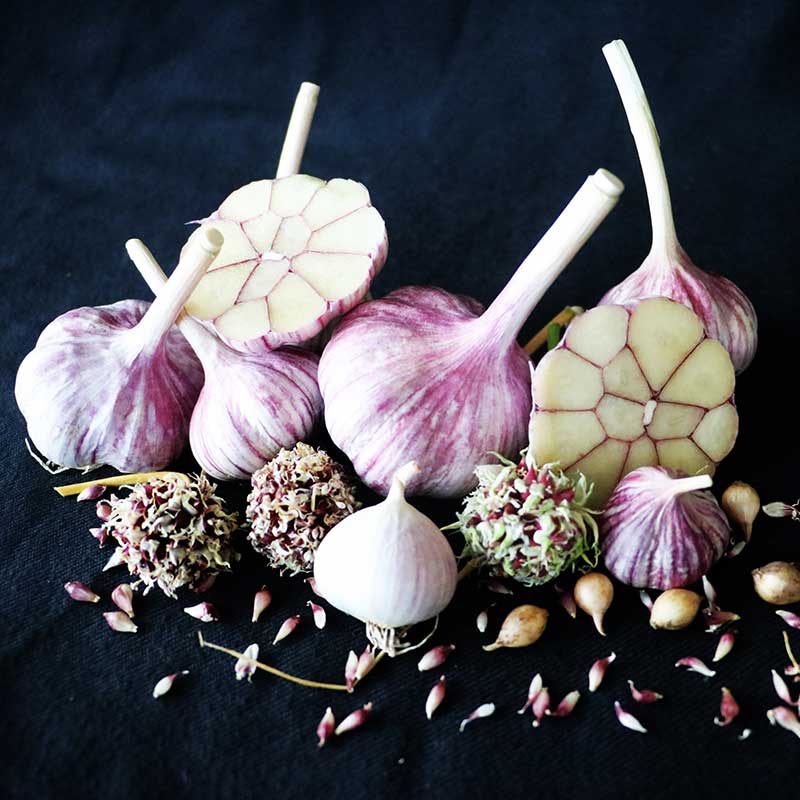
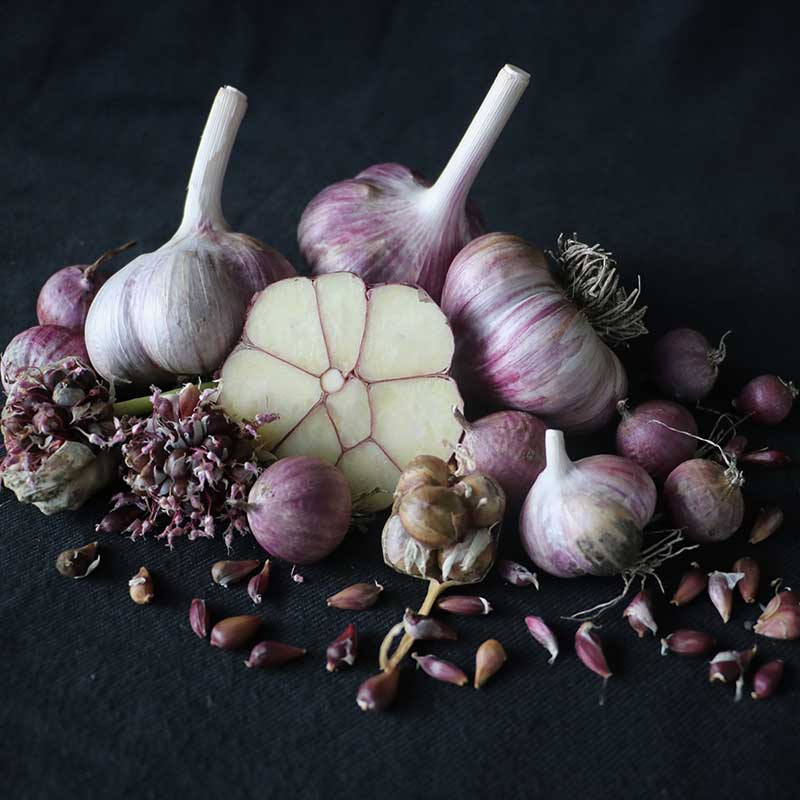
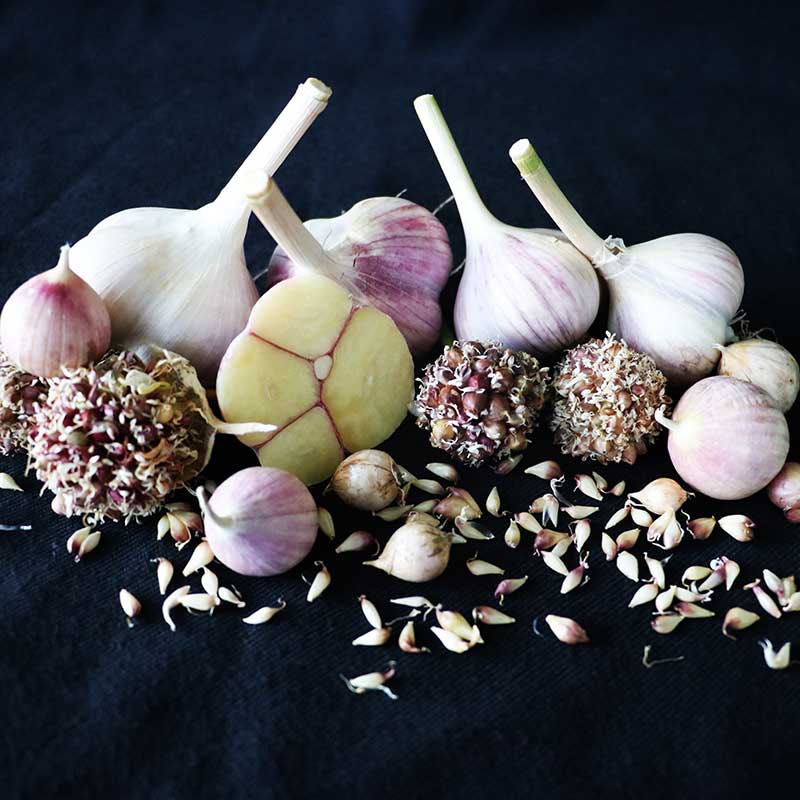
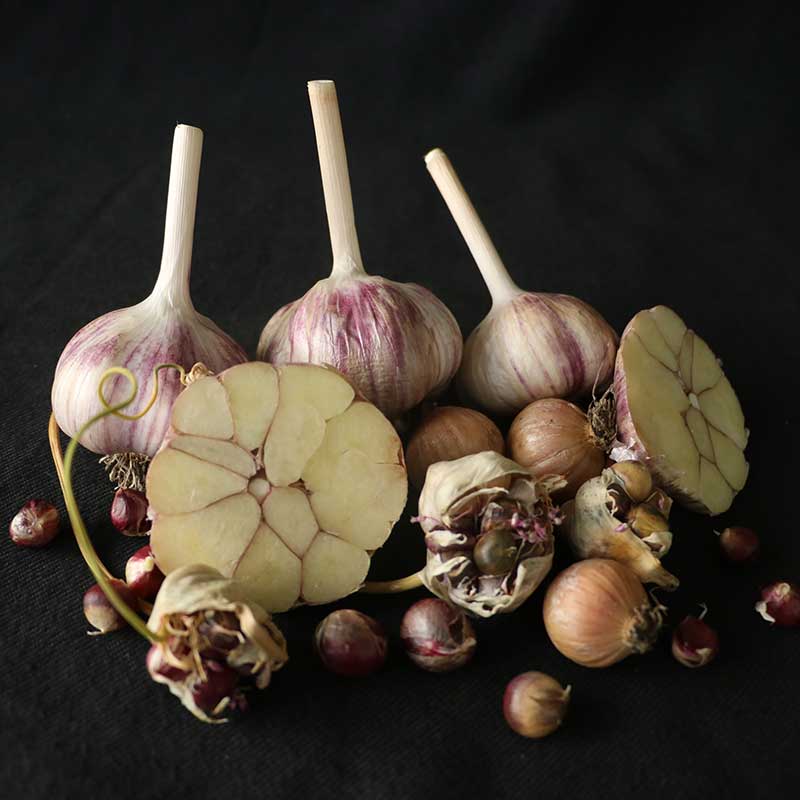
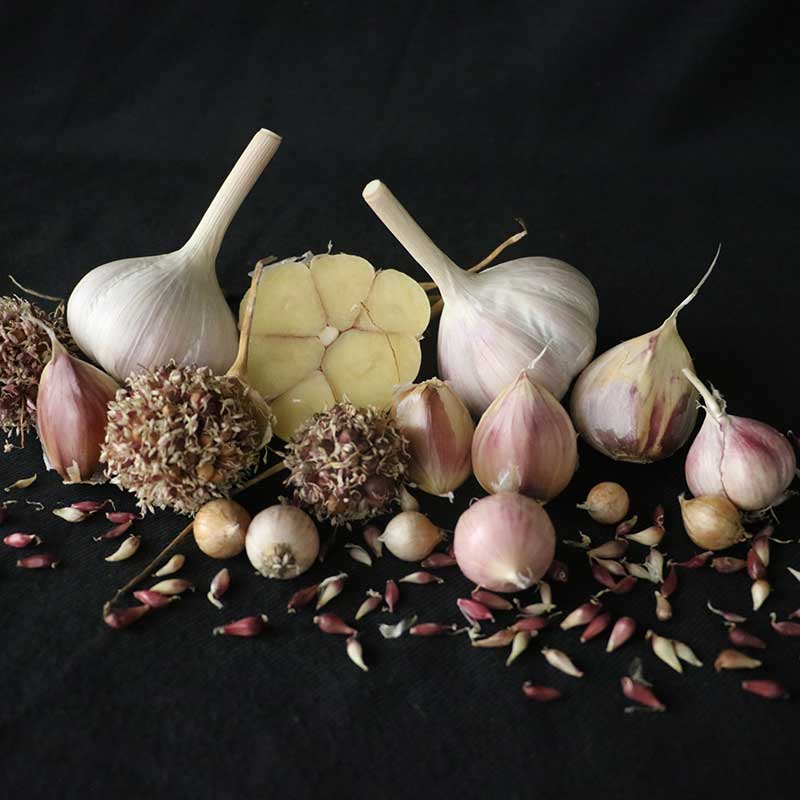
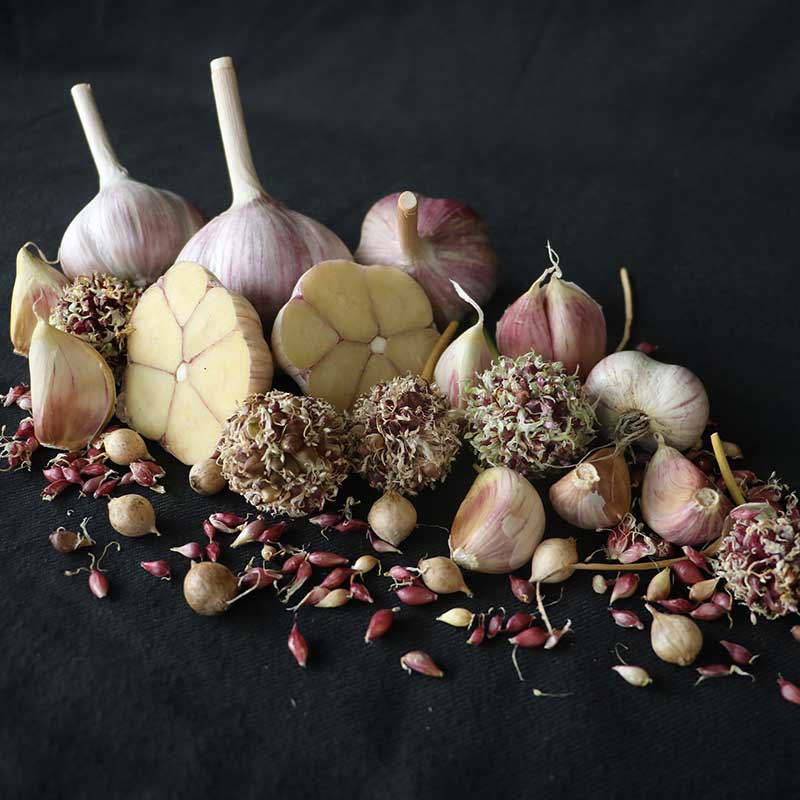
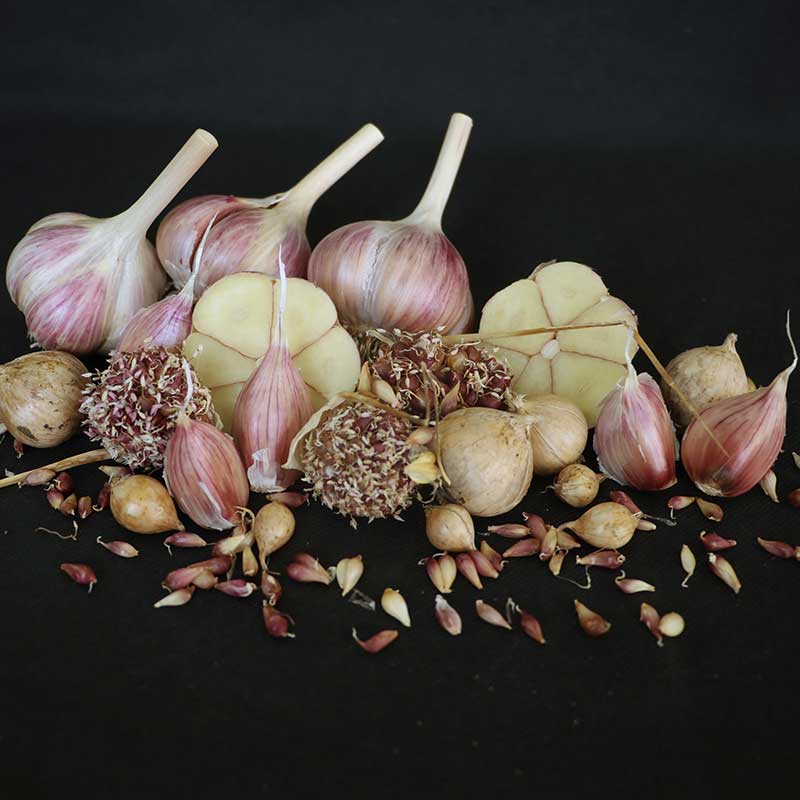
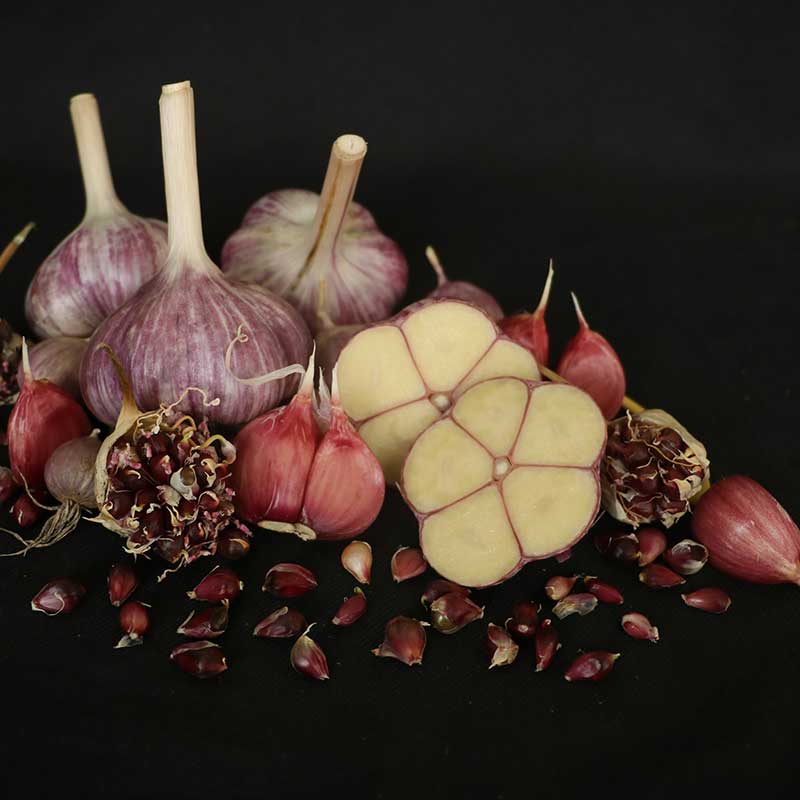







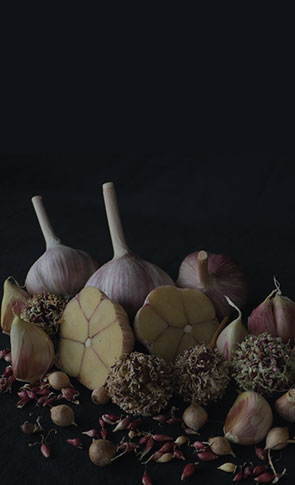
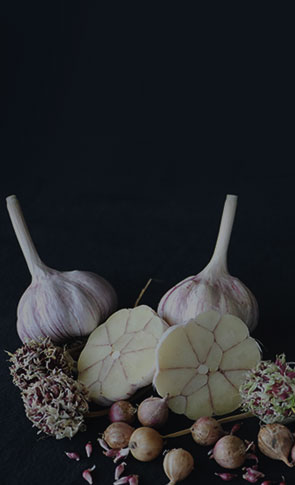
Recent Comments